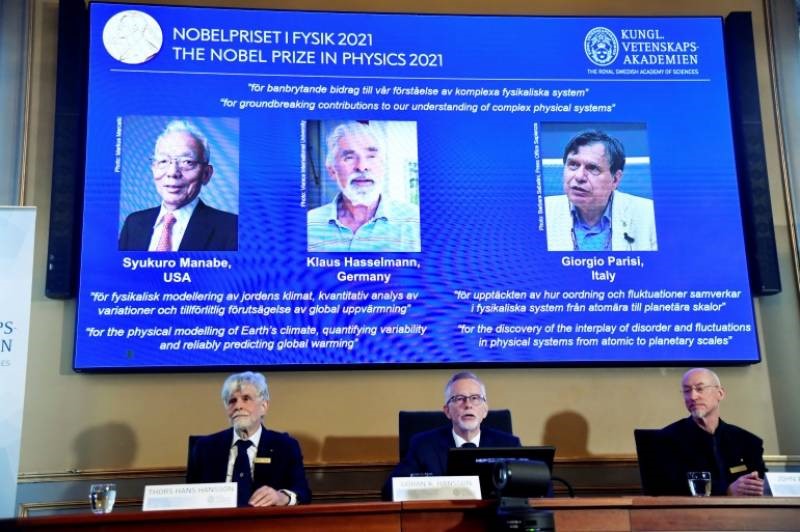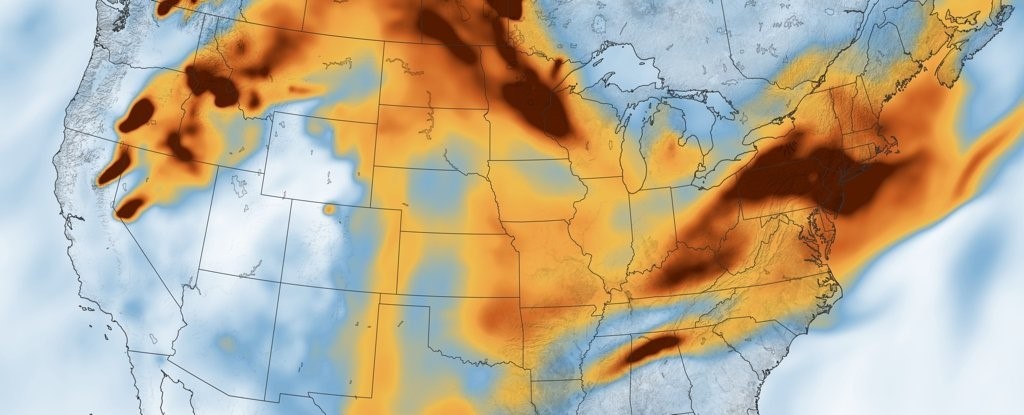Nobel Prize 2021 in Physics

This year’s Nobel Prize in Physics has been won by three scientists Syukuro Manabe, Klaus Hasselmann, and Giorgio Parisi. The Prize is awarded half jointly to Manabe and Hasselmann and the other half to Parisi. The outstanding works of Manabe and Hasselmann explain and predict complex forces of nature and help to expand people’s knowledge on the Earth’s climate, how humanity influences it, enhances knowledge and understanding of people whereas Parisi’s work is mainly based on explaining disorder in a physical system and random process. These three scientists work on ‘complex systems, however in two different fields. The complex system of the Earth is based on the balance of different elements such as energy balance between shortwave solar radiation coming towards Earth and the outgoing longwave from Earth, CO2 effect, and weather.

Syukuro hails from Japan, but he left Japan a long time ago due to war situations, now works at Princeton University. The objective of Manabe’s research has been to find out how an increased level of carbon dioxide causes increased temperatures.
Since the 1960s Manabe had been involved in research, working on developing a physical model, now he has created the first climate model as to what happens when carbon dioxide built up in the atmosphere. It has paved the way for scientists to understand how fast and how climate change will worsen.
In an interview, Manabe expressed his concern that finding out what physics works behind climate change was easier than getting people to do something about it.
Hasselmann, from Germany, 1950s started research on fluid dynamics. He developed observations and theoretical models for ocean waves and currents. Around the 1980s, he showed how the phenomena of chaotically changing weather can be described as rapidly changing noise.
He described that climate-changing models can be reliable despite the chaotic nature of weather. After he has finished the climate variations model, he developed methods on what could be the human impact on the climate system.
He found that models contain sufficient information about the properties of noise and signals, e.g. changes in solar radiation, volcanic particles, or levels of greenhouse gases give unique signals and fingerprints, these can be separated. He also described the ways to find out specific signs of human influence on the climate.

Giorgio Parisi, Sapienza University of Rome presented his research on the theory of complex systems. He built a deep physical and mathematical model to develop an understanding of the complex system. His discoveries of spin glasses are so useful as they explain how in spin glass atoms are arranged in a way that changes the magnetic properties of the material randomly.
His theory can apply to other fields as mathematics, biology, neuroscience, and machine learning. Parisi appealed that It is time to take strong decisions and fast actions to tackle the problem of global warming. The researches and discoveries of these scientists will certainly benefit humankind.
Now we have a deep understanding of Earth’s climate through these models and we understand that the reason for increasing temperatures is humanity’s emission. As human beings, we all need to take action with full determination.